Buy jig or reciprocating saw?
lzk4
19 years ago
Featured Answer
Sort by:Oldest
Comments (21)
ericwi
19 years agogzec
19 years agoRelated Professionals
Atascocita Cabinets & Cabinetry · Coconut Grove Carpenters · Pickerington Carpenters · Bradenton Flooring Contractors · Brookline Flooring Contractors · Brushy Creek Flooring Contractors · Plymouth Flooring Contractors · Spokane Flooring Contractors · Easton Furniture & Accessories · San Diego Furniture & Accessories · St. Louis Furniture & Accessories · Toledo Furniture & Accessories · Farmington Furniture & Accessories · Park Ridge Furniture & Accessories · Kingsburg Furniture & Accessoriestalley_sue_nyc
19 years agolzk4
19 years agochiefneil
19 years agoUser
19 years agolzk4
19 years agoUser
19 years agomstrgrdnr
19 years agoDrynDusty
19 years agojrice
19 years agodarthjenn
19 years agochiefneil
19 years agodarthjenn
19 years agoDrynDusty
19 years agotheniceguy
8 years agotalley_sue_nyc
8 years agosalex
8 years agoSombreuil
8 years agomike_kaiser_gw
8 years ago
Related Stories

FEEL-GOOD HOMESimple Pleasures: 10 Ideas for a Buy-Less Month
Save money without feeling pinched by taking advantage of free resources and your own ingenuity
Full Story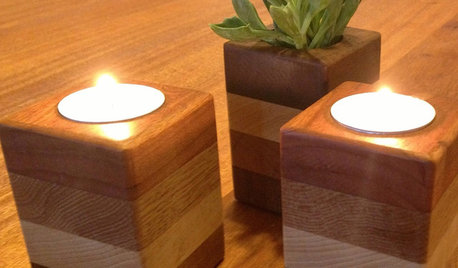
WOODWORKING5 Holiday Decorations to Craft From Scrap Wood
Give them as gifts or let your own home reap the rewards — these quality crafted pieces will last through many holidays to come
Full Story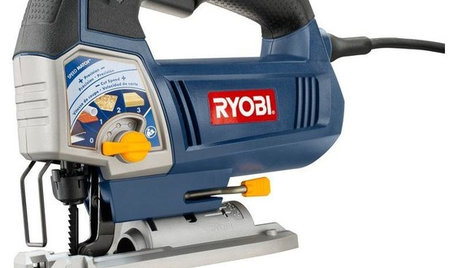
PRODUCT PICKSGuest Picks: Indispensable Tools for DIYers
Build your tool arsenal with these, and you’ll have the right equipment for any home project you take on
Full Story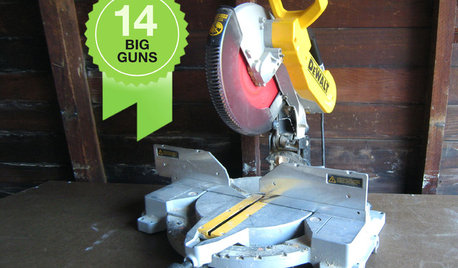
DIY PROJECTS14 Power Tools for the Home Shop
Want the thrill of building it yourself? These "big guns" help the handy homeowner tackle just about any job
Full Story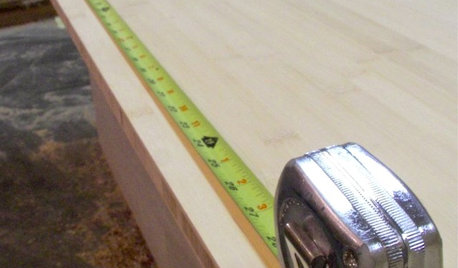
WOODWORKING7 Must-Have Measuring Tools for Woodworking
Whether you're a newbie DIYer or building cabinets from scratch, using the right woodshop tools makes all the difference
Full Story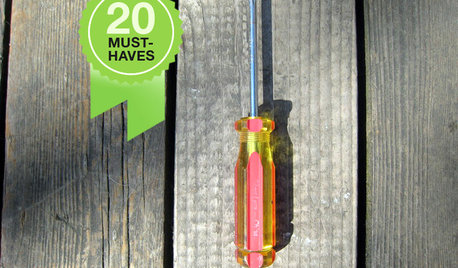
HOUSEKEEPING20 Tools Every Homeowner Should Have
You probably have a hammer, but that's just a start. These 20 tools and devices are superstars for household projects and repairs
Full Story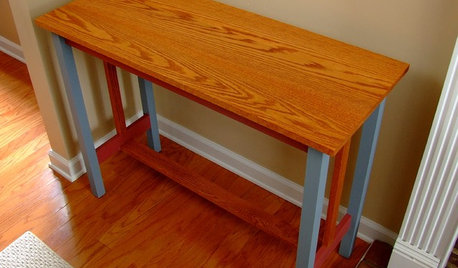
DIY PROJECTSPocket Hole Joinery, the Beginning Woodworker's Best Friend
Make a wide range of sturdy wooden pieces with just this little bit of know-how
Full Story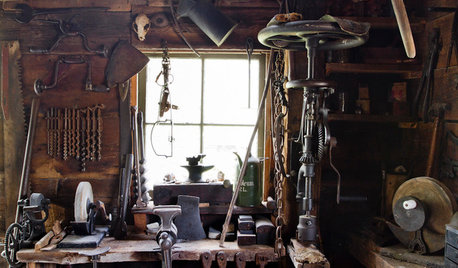
MATERIALSAre You a Maker? Show Us Your Favorite Tool or Material
Houzz Call: A tool or material can be a maker’s best friend. We’d like to see your favorite — and what it helps you achieve
Full Story
KITCHEN STORAGECabinets 101: How to Get the Storage You Want
Combine beauty and function in all of your cabinetry by keeping these basics in mind
Full Story





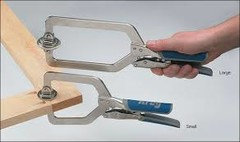



back_yard_guy